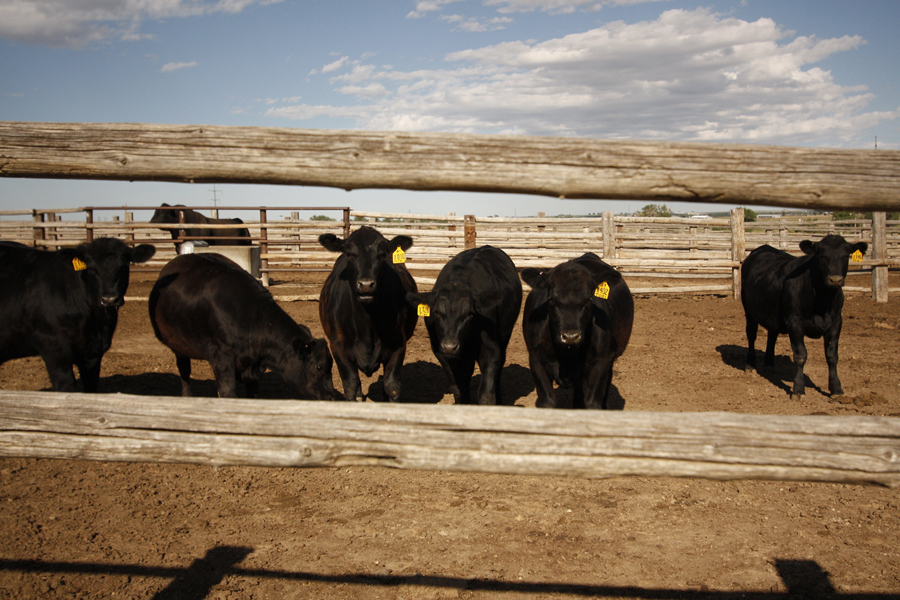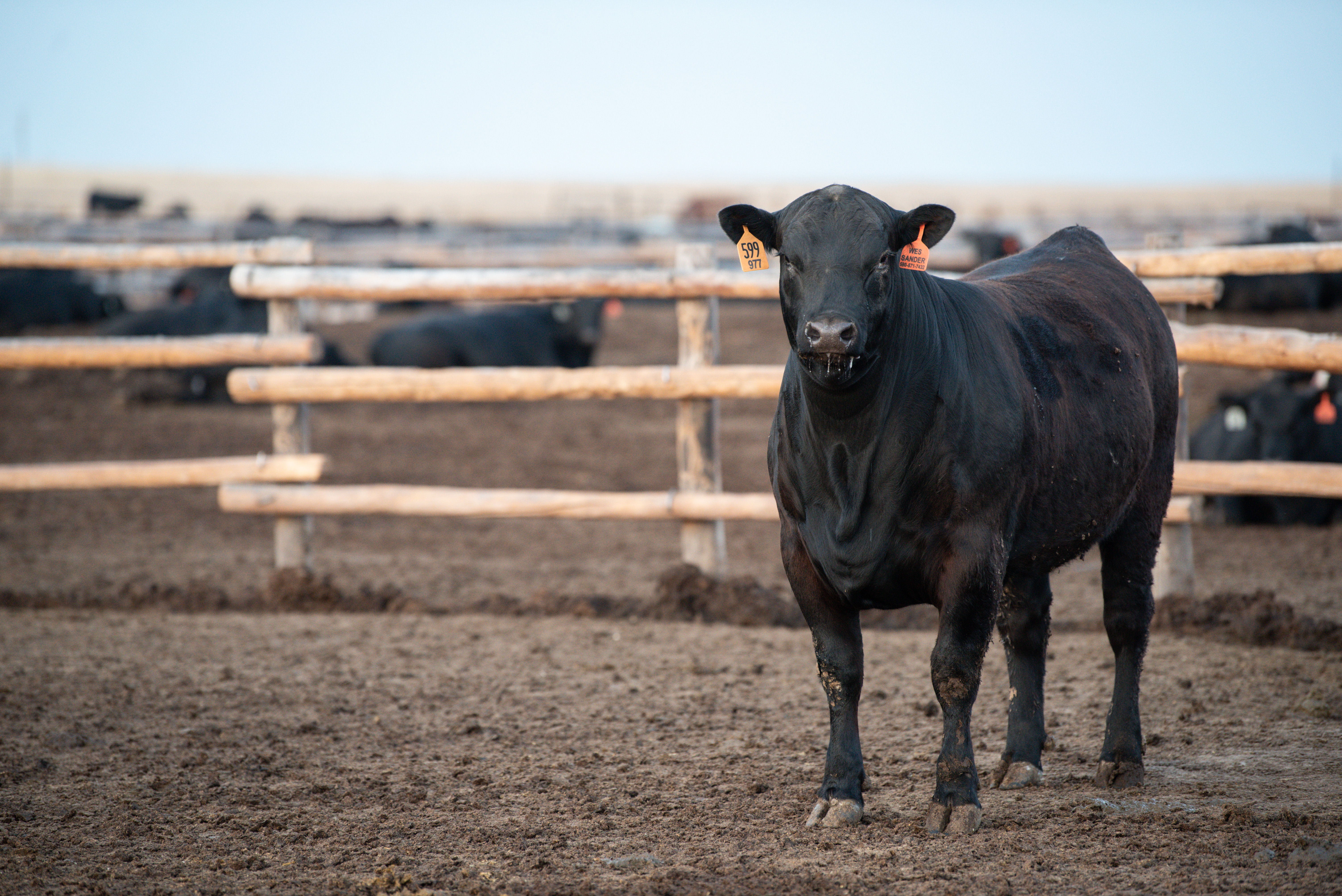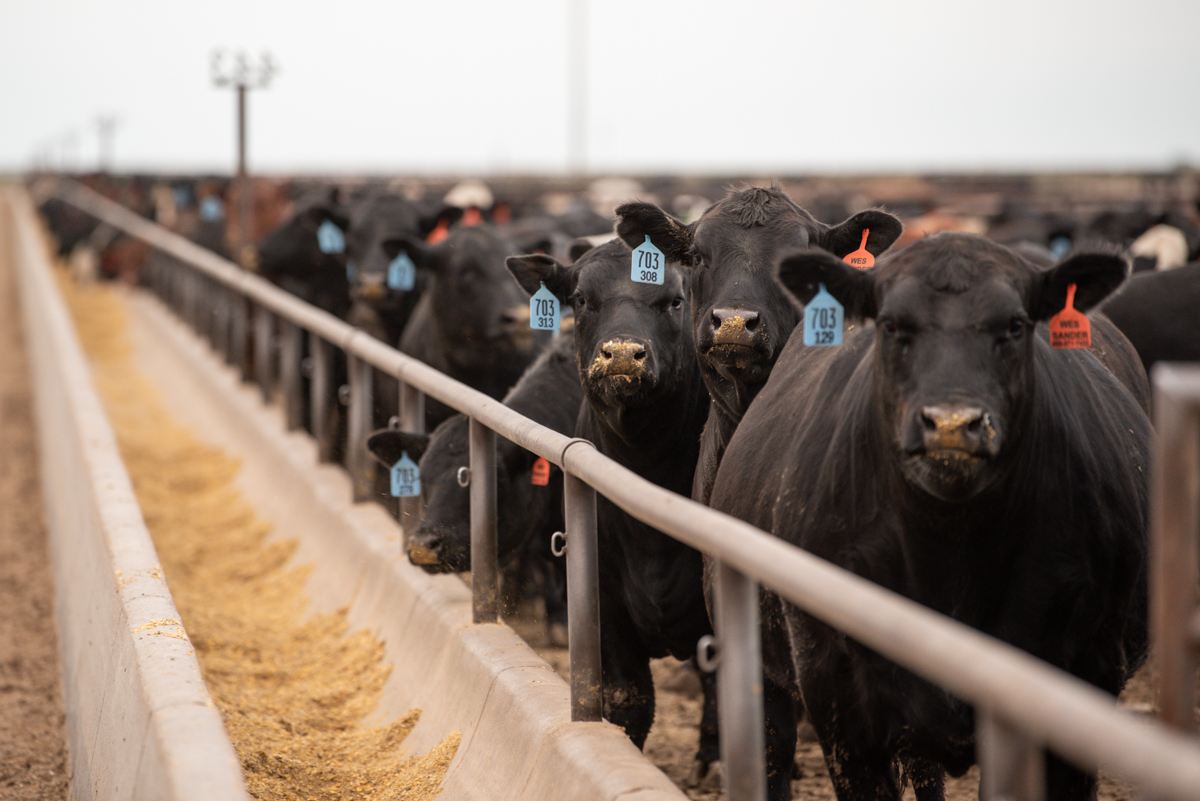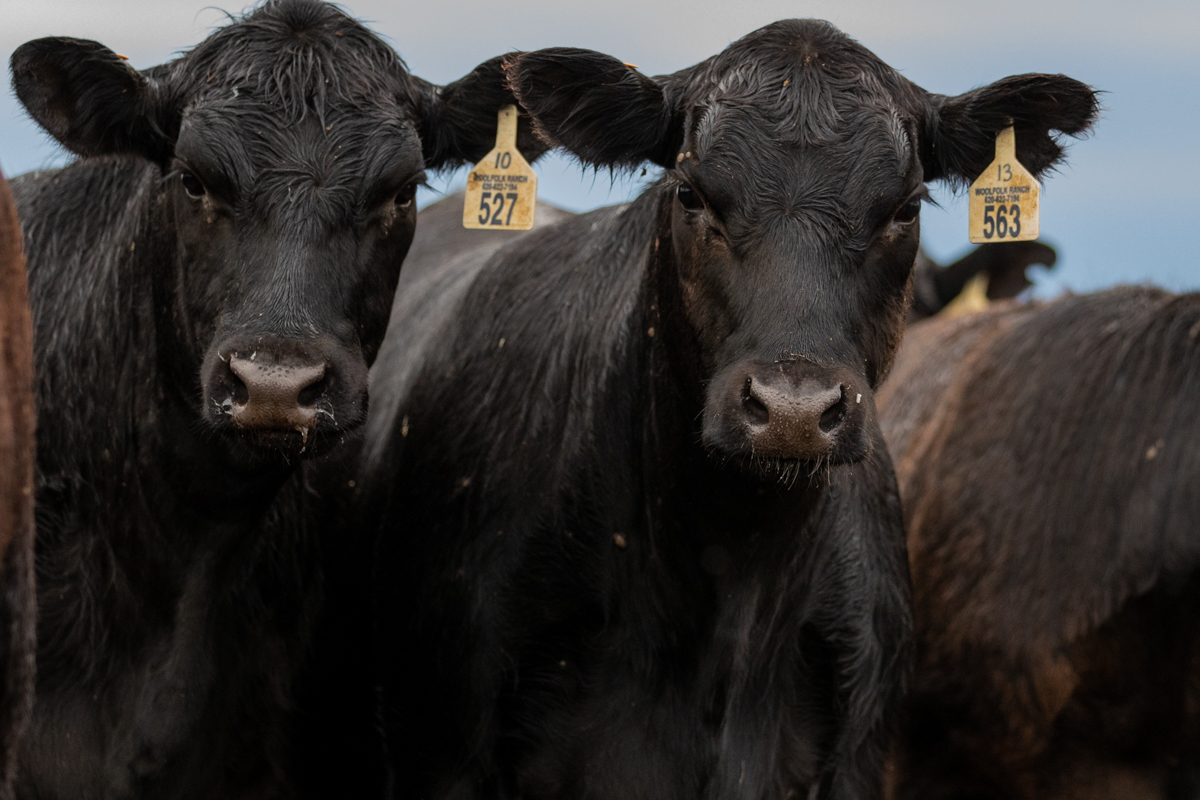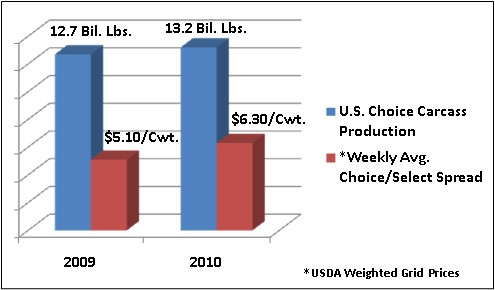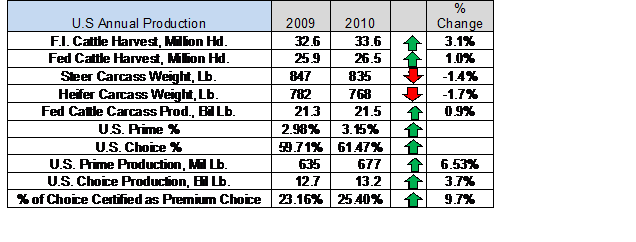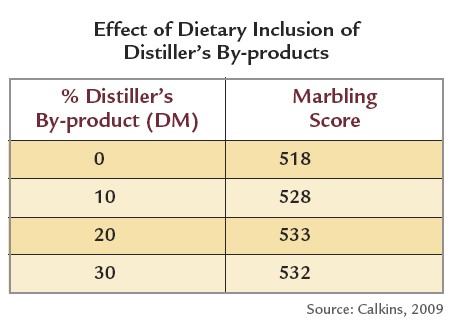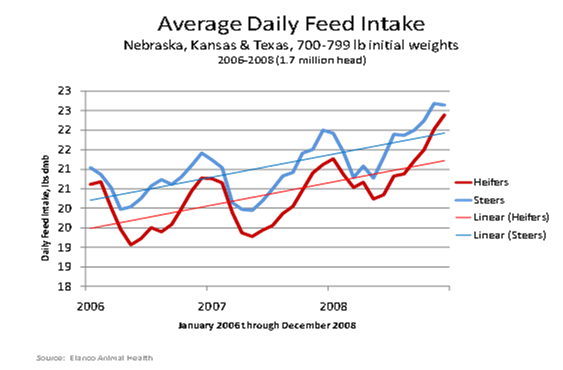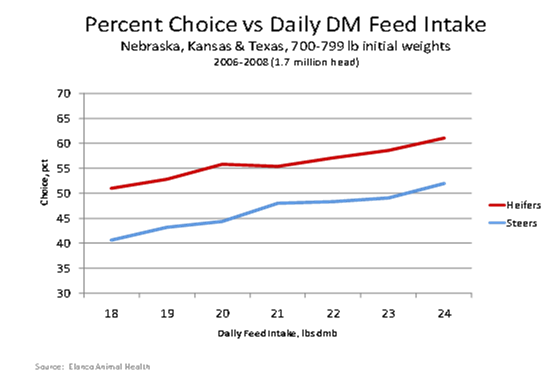
Relationships rule
Will Feed honored by CAB
by Miranda Reiman
Matt and Anne Burkholder earned their degrees at Dartmouth—an Ivy League college in Hanover, N.H.—and considered jobs in Midwestern cities, but the Burkholder family’s central Nebraska diversified agriculture operation was calling.
“When we told Matt’s dad that we wanted to come back, he about dropped his coffee cup,” Anne recalls. “But the double surprise was when Matt said, ‘Anne wants to try to work at the feedyard.’”
Dave Burkholder laughed.
But he wasn’t about to tell his daughter-in-law “no.” After all, he could use another hand at Will Feed Inc., the 3,000-head yard he’d built in the early 1970s.
“It took a tremendous leap of faith to give a job to a 22-year-old woman who had no background in agriculture,” she reflects. “But he didn’t give me the manager job right from the start. I went to work for $6.85 an hour, running the feed truck, scooping bunks and processing cattle.”
As manager today, she still does most of those tasks.
Perhaps it’s because she’s a woman in a male-dominated field. Maybe it’s her Florida “city girl” roots, her perspective as a mother or her psychology degree. Likely it’s all that rolled into one, but whatever the impetus, Burkholder has made many changes at the feedyard and within the greater beef industry.
One of the more recent was Will Feed signing on as Certified Angus Beef LLC (CAB)-licensed feedlot in 2008. The overriding quality focus, data-gathering and details management took hold long before, but those became increasingly apparent.
They helped earn recognition as the 2011 CAB Feedlot Partner of the Year for operations with up to 15,000-head capacity. Matt and Anne accepted the award at the CAB annual conference in Sunriver, Ore., Sept. 20-22.
“The niche we’ve really tried to get into is tracing calves from ranch to rail,” Burkholder says.
She’d dreamed of a business plan where she was the only “middleman” sharing information between ranch and packer. Then the rising oil market gave her an additional incentive to give that a try.

Rather than pay several hundred extra dollars to truck in a calf from Idaho or down South, she tapped into the local pool of high-quality genetics.
“I can give a good chunk of that money to the rancher instead of putting it into freight,” she says. It’s also a stress-reducer for the animals.
She started working the connections she’d made from involvement on Nebraska Cattlemen committees and the list grew. Today there are times when the yard is 100% full of Nebraska-born, age- and source-verified calves.
Many of them are Angus and sold on the U.S. Premium Beef (USPB) grid.
Pat Laird, who lives just a few miles down the road, starting selling his calves to Burkholder in 2002.
“She’s very conscientious about their environment, and I like how she treats the cattle when they’re there,” he says, noting he appreciates all the feedlot and individual carcass data.
“I can make management decisions based on that,” he says.
Like many customers, he has Burkholder wean his calves.
“Through a real focus on the minute details, we’ve come up with a plan that really works,” Burkholder says. “We do all the little things right. If somebody doesn’t get to the bunk that day, we make sure we get them looked at. We exercise and acclimate our calves when they come in.”
Exercise goes on for five to seven days. During that time they’re being fed mostly prairie hay with “just a touch” of wet distillers on top and that gradually that gives way to a calf ration before they work their way through the normal feedlot formulations.
Nothing gets an implant until it’s been there for 30 days.
“When you implant an animal and they’re under stress, your implant isn’t as effective and it can impede the animal’s ability to marble,” Burkholder says.
Health programs are all coordinated, and everybody—from suppliers to consultants—knows her end goal.
“I want to produce something that tastes good and something that’s tender,” she says. “Beef is not inexpensive, so it’s something that a lot of people have to sacrifice to put on the dinner table.”
So there’s the greater good, plus a monetary benefit.
“Even when the Choice-Select spread isn’t very big, if you can get your animals to go CAB, that’s a really nice kicker,” she says.
From June 2010 to May 2011, more than 1,300 head of Will Feed cattle enrolled in CAB’s Feedlot Licensing Program went 59.8% CAB and CAB Prime.
In addition to her feedlot work, Burkholder has become an “agvocate” who puts a face on that segment.
“I want to put good content out there so people can understand what I do every day,” she says.
For more of her story, visit her blog at http://feedyardfoodie.wordpress.com/.
You may also like
$100,000 Up for Grabs with 2024 Colvin Scholarships
Certified Angus Beef is offering $100,000 in scholarships for agricultural college students through the 2024 Colvin Scholarship Fund. Aspiring students passionate about agriculture and innovation, who live in the U.S. or Canada, are encouraged to apply before the April 30 deadline. With the Colvin Scholarship Fund honoring Louis M. “Mick” Colvin’s legacy, Certified Angus Beef continues its commitment to cultivating future leaders in the beef industry.
Raised with Respect™ Cattle Care Campaign Launched This Fall
Raised with Respect™ was developed as part of a strategic cattle care partnership between Sysco and CAB. The collaboration focuses on supporting farmers and ranchers, equipping them with continuing education to stay current on best management practices and helping to increase consumer confidence in beef production.
Drought Impact and Cattle Industry Dynamics
As drought conditions persist across much of cattle country, farmers and ranchers are at a pivotal juncture in the cattle industry’s landscape. What impact does this prolonged dry spell have on the nation’s herd numbers? When will heifer retention begin? How will industry dynamics influence the spring bull sale season?




